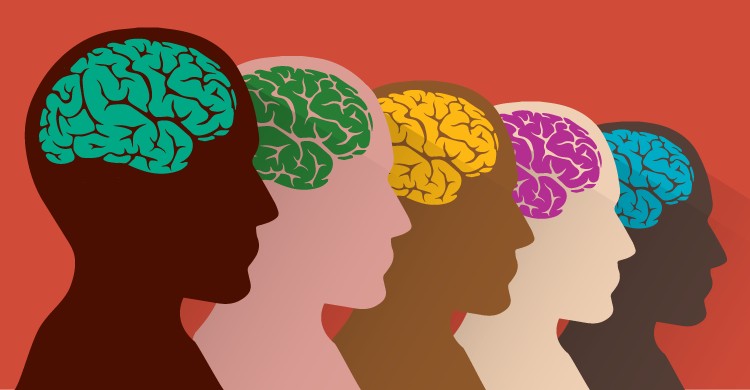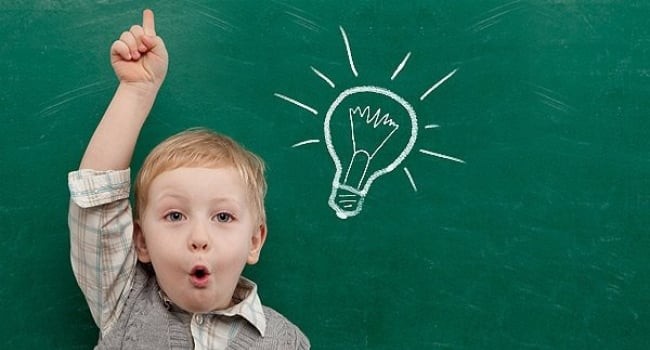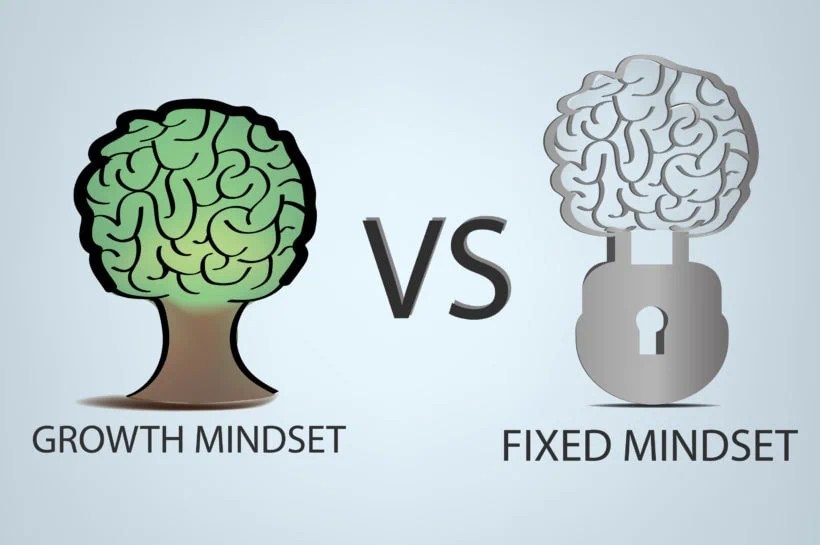In today’s fast-paced business environment, understanding how people learn has become more than just an academic pursuit—it’s a strategic advantage. The learner’s brain, once a mystery locked behind layers of behavior and performance metrics, is now being illuminated by advances in neuroscience. These insights are reshaping how organizations approach training, leadership development, and employee engagement. At the heart of this transformation is the realization that learning is not a one-size-fits-all process. It’s a dynamic interplay of cognition, emotion, and environment, and the more we understand it, the better we can design experiences that truly resonate.
Neuroscience has revealed that the brain is not a passive recipient of information. Instead, it actively constructs meaning through connections, patterns, and emotional relevance. This means that for learning to be effective, it must engage the brain in ways that feel meaningful and motivating. For example, when employees are introduced to a new software platform, simply walking them through the features isn’t enough. If the training doesn’t connect to their daily tasks or show clear benefits, the brain may not prioritize retaining that information. On the other hand, when the training is framed around solving real problems they face, the brain lights up with interest, and retention improves dramatically.
One of the most compelling findings from brain research is the role of emotion in learning. Contrary to the old belief that emotion and logic are separate domains, neuroscience shows that emotion is deeply intertwined with cognition. The amygdala, a part of the brain responsible for processing emotions, plays a key role in determining what information gets stored in long-term memory. This has profound implications for business training. If a learning experience is dull or stressful, the brain may actually resist encoding the information. But if it’s engaging, supportive, and even fun, the emotional resonance helps cement the learning. That’s why storytelling, humor, and real-world scenarios are increasingly used in corporate learning—they tap into the emotional circuitry of the brain to make learning stick.
Another important aspect of the learner’s brain is its plasticity. Neuroplasticity refers to the brain’s ability to change and adapt in response to experience. This is particularly relevant in the workplace, where employees are constantly required to learn new skills and adapt to change. The old notion that adults are less capable of learning than children has been debunked. While it’s true that younger brains may form new connections more rapidly, adult brains are still remarkably adaptable. What matters most is the mindset and environment. When employees believe they can grow and are supported with the right tools and encouragement, their brains respond by forming new neural pathways. This is the foundation of a growth mindset, and it’s why fostering a culture of continuous learning is so critical in modern organizations.
Cognitive load is another concept that helps explain why some learning experiences succeed while others fail. The brain has a limited capacity for processing information at any given time. When training materials are overloaded with jargon, dense slides, or too many concepts at once, the brain becomes overwhelmed and learning suffers. Effective learning design respects the brain’s limits by chunking information, using visuals to support understanding, and allowing time for reflection. For instance, a leadership workshop that introduces one concept at a time, followed by discussion and application, is far more effective than a rapid-fire lecture that tries to cover everything in an hour.
Social interaction also plays a vital role in how the brain learns. Humans are wired for connection, and learning in groups can activate parts of the brain associated with empathy, trust, and collaboration. This is why peer learning, mentoring, and team-based problem-solving are so powerful. When employees learn together, they not only absorb information more effectively but also build relationships that enhance performance and morale. In virtual environments, this can be more challenging, but even simple strategies like breakout rooms, shared projects, and informal check-ins can recreate the social dynamics that support learning.
Understanding the learner’s brain also means recognizing the importance of rest and recovery. Sleep, for example, is not just a passive state—it’s when the brain consolidates memories and clears out unnecessary information. Encouraging employees to take breaks, get enough sleep, and avoid burnout isn’t just good for wellness—it’s essential for learning. A tired brain is less capable of focus, creativity, and problem-solving. In high-performance cultures, this can be a blind spot, but the science is clear: sustainable learning requires sustainable energy.
Ultimately, the insights from neuroscience are not just academic—they’re actionable. They invite leaders, trainers, and HR professionals to rethink how learning is delivered and experienced. It’s no longer enough to measure success by attendance or completion rates. The real question is whether the learning experience aligns with how the brain actually works. When it does, the results are transformative. Employees become more engaged, adaptable, and innovative. Teams collaborate more effectively. Organizations become learning ecosystems where growth is continuous and change is embraced.
Incorporating brain-based principles into business learning doesn’t require a neuroscience degree. It starts with empathy, curiosity, and a willingness to experiment. By paying attention to how people feel, think, and connect, we can design learning that not only informs but inspires. And in a world where knowledge is power and adaptability is key, understanding the learner’s brain may be one of the most powerful tools we have.
Sources:




